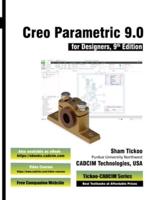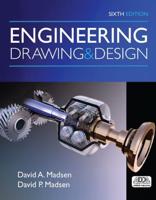Publisher's Synopsis
Principles of Laser Machining: Provide an introduction to the fundamentals of laser machining, including the physical principles of lasers, types of lasers used in machining (e.g., CO2, fiber, diode lasers), and how laser energy interacts with materials during the machining process.
Laser-Material Interaction: Explore how different materials respond to laser energy, including the concepts of absorption, reflection, and transmission. Discuss the effects of laser parameters such as intensity, wavelength, and pulse duration on material removal and surface properties.
Laser Machining Techniques: Discuss the various laser machining techniques, including laser cutting, laser drilling, laser engraving, and laser welding. Highlight the advantages and challenges of using lasers for precision machining of advanced materials like ceramics, metals, polymers, and composites.
Applications in Advanced Manufacturing: Explore the applications of laser machining in industries that require high-precision and high-performance materials, such as aerospace, automotive, electronics, and medical device manufacturing. Discuss how laser machining is used for creating intricate features, microstructures, and components with minimal thermal distortion.
Challenges and Future Trends: Address the challenges of laser machining advanced materials, such as material-specific limitations, high costs, and heat-affected zone management. Discuss emerging trends and future advancements in laser machining, including the development of new laser sources, hybrid processes, and automation in advanced manufacturing systems.








